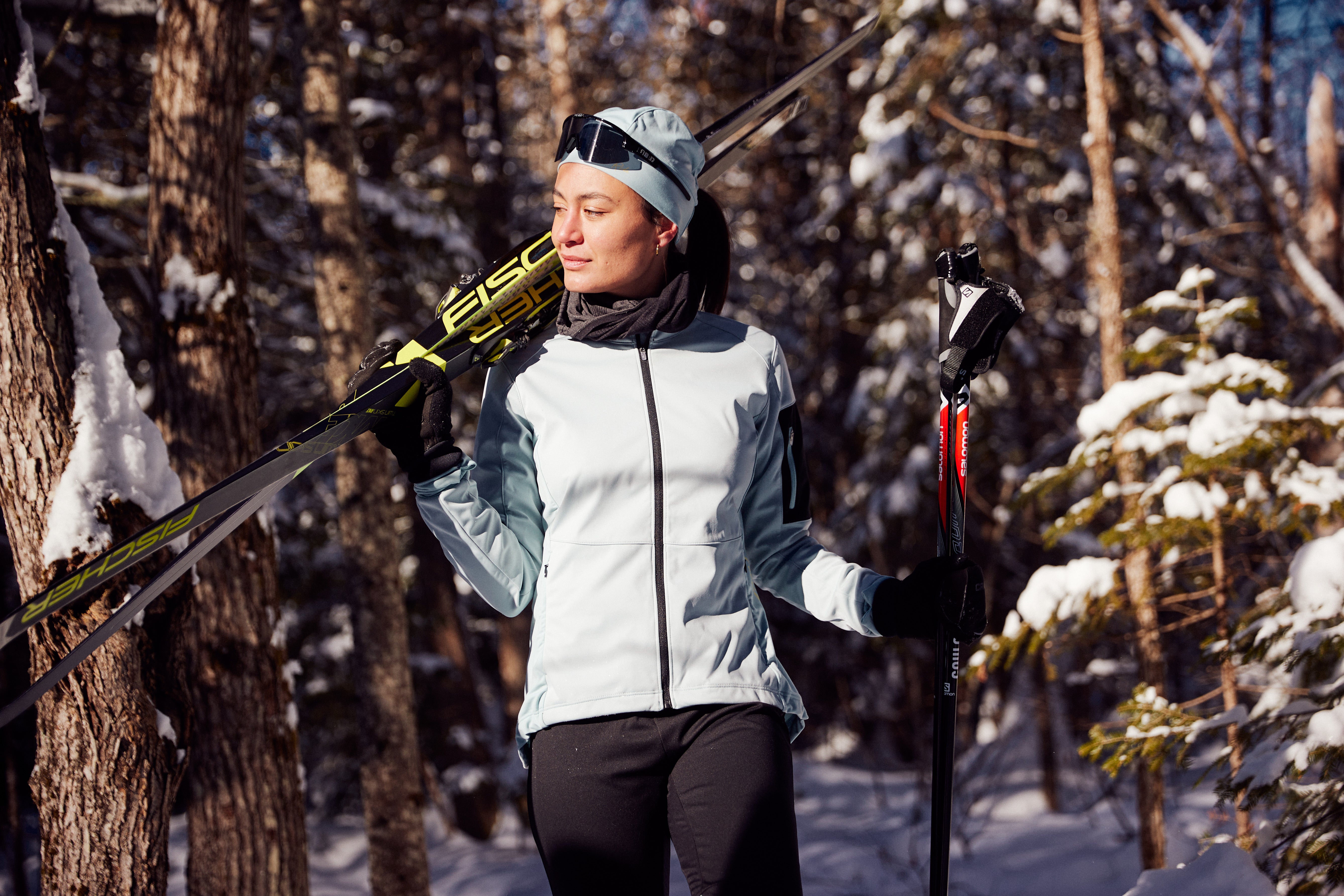A Beginner's Guide to Cross-Country Skiing: Essential Gear for Your Winter Adventure

Cross-country skiing is a thrilling and rewarding winter sport, offering both scenic tranquility and a solid workout. If you're new to this activity, understanding what to wear is crucial for comfort and performance. In this guide, we’ll cover essential gear like softshell jackets, softshell pants, insulated shorts, a base layer for winter, and windbreakers, to ensure you’re well-equipped for your cross-country skiing adventure.
Understanding the Basics: Cross-Country Skiing Gear
The Role of a Base Layer for Winter
The foundation of your cross-country skiing outfit is the base layer. This layer is essential for managing body temperature and moisture. A good winter base layer should be made of moisture-wicking material like merino wool or synthetic fabrics. It keeps sweat away from your skin, ensuring you stay dry and warm. For beginners, investing in a quality base layer can make a significant difference in comfort.
Softshell Jacket: Your Shield Against the Elements
When skiing across snowy landscapes, a softshell jacket is invaluable. Unlike heavier ski jackets, a softshell is lightweight yet offers excellent protection against wind and light precipitation. Its breathable fabric helps regulate body temperature, preventing overheating during intense activity. Look for jackets with flexible materials that allow for a full range of motion – a key for cross-country skiing.
Softshell Pants: Combining Warmth and Flexibility
Complement your jacket with a pair of softshell pants. These pants are known for their flexibility, breathability, and moderate insulation. They provide enough warmth for chilly days without the bulk of traditional ski pants. Their water-resistant properties also help in keeping you dry from snow and slush.
Insulated Shorts: Extra Warmth for Lower Body
A less obvious but game-changing piece of gear is insulated shorts. Worn over your base layer or over your softshell pants, they provide extra warmth to your upper legs – an area that often gets cold quickly. This can be particularly helpful for beginners who might take frequent breaks and need additional insulation during those periods.
Windbreaker: A Versatile Layer
Finally, a windbreaker is an excellent addition to your ski wardrobe. It’s perfect for days when a softshell jacket might be too warm. The windbreaker acts as a barrier against cold winds and is typically lightweight and easily packable. For milder winter days, pairing a windbreaker with your base layer might be all the insulation you need.
Tips for Beginners
-
Layering is Key: Adjust your layers based on weather conditions. You can always remove a layer if you get too warm.
-
Consider the Weather: Always check the forecast before heading out and dress accordingly. Be prepared for sudden changes in weather.
-
Invest in Quality Gear: While it might be tempting to go for cheaper options, quality gear makes a significant difference in comfort and durability.
-
Stay Hydrated and Energized: Bring water and snacks. Cross-country skiing is an endurance sport, and staying hydrated and fueled is crucial.
-
Take a Lesson: If you’re completely new to the sport, consider taking a lesson. Learning the basics from a professional can improve your technique and enjoyment.
-
Safety First: Always let someone know where you’re going and when you expect to return. Carry a basic first aid kit and a fully charged phone.
Cross-country skiing is an excellent way to enjoy winter’s beauty while staying active. With the right gear, including a softshell jacket and pants, insulated shorts, a base layer, and a windbreaker, you’ll be ready to tackle the trails comfortably and safely. Happy skiing!




